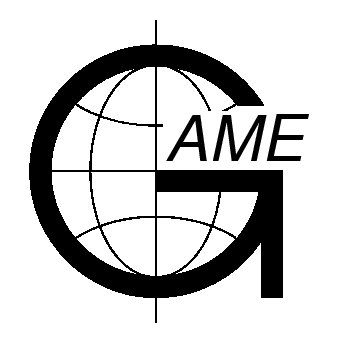Abstracts for the 5th International GAME Conf.


Petra Koudelova (1), Toshio Koike (1), Srikantha Herath (3), Dushimanta Dutta (3), Xin Li (5)
The energy and water cycle in the Tibetan Plateau is considered to have a significant impact on the Asian monsoon activity. As a part of an effort to understand this cycle, a coupled land surface - atmosphere model is being developed by authors. SiB2 was chosen to simulate land surface processes because of its suitability for atmospheric models. Due to specific hydrological conditions of the permafrost in the Tibetan Plateau, some indispensable modifications of SiB2 were investigated. To simulate adequately freezing and thawing processes of soil, a frozen soil parameterization was included in SiB2 (next Tibet-SiB2). In this study, the ability of Tibet-SiB2 to represent one-dimensional surface and subsurface hydrologic processes was examined. Tibet-SiB2 was applied to three observation sites of GAME-Tibet meso-scale experiment (AMDO, MS 3478, and MS 3608). The simulated soil moisture content was compared with the observed ones in the summer when the influence of the frozen table can be neglected because it locates deep enough. First, a parameter set optimized at MS 3608 was used for the other two sites but the results showed the necessity to set the parameters associated with soil for each site individually. However, the appropriate choice of common parameters caused only a partial improvement. According to the results, the assumption of a homogeneous soil profile in Tibet-SiB2 seemed to be the main reason. Thus, the soil moisture movement scheme was modified to consider a variability of physical soil properties with depth. In this modification the structure of three soil layers of Tibet-SiB2 is kept as well as the governing equation of unsaturated water flow. The backward implicit difference scheme is unchanged but the difference of soil moisture potential with respect to soil moisture content is calculated separately for the flow from the 1st to the 2nd layer and for the flow from the 2nd to the 3rd layer. The results of the simulations by modified Tibet-SiB2 are in good agreement with the observation at AMDO. However, there is still a big gap between the observed and simulated soil moisture content at MS 3478 where effects of horizontal water flow, which is not simulated by only one-dimensional model, were considered very significant. Thus, the addition of horizontal flow scheme is the subject of future research.
| Name : | Date : |
|
|
| Organization : | Theme : |
|
|
| Address : | Presentation : |
|
|
| Country : | Abstract ID : |
|
|
| Phone : | Fax : |
|
|
| E-mail : | |
|